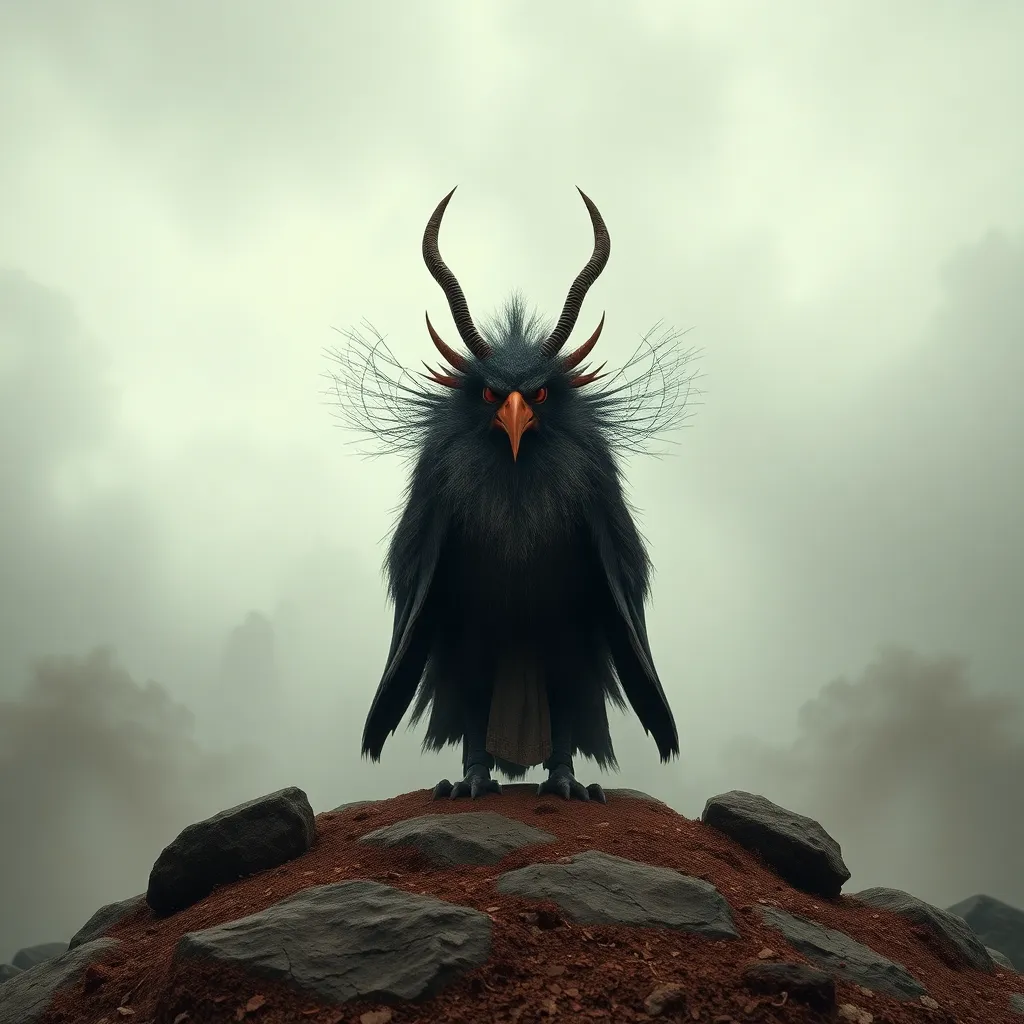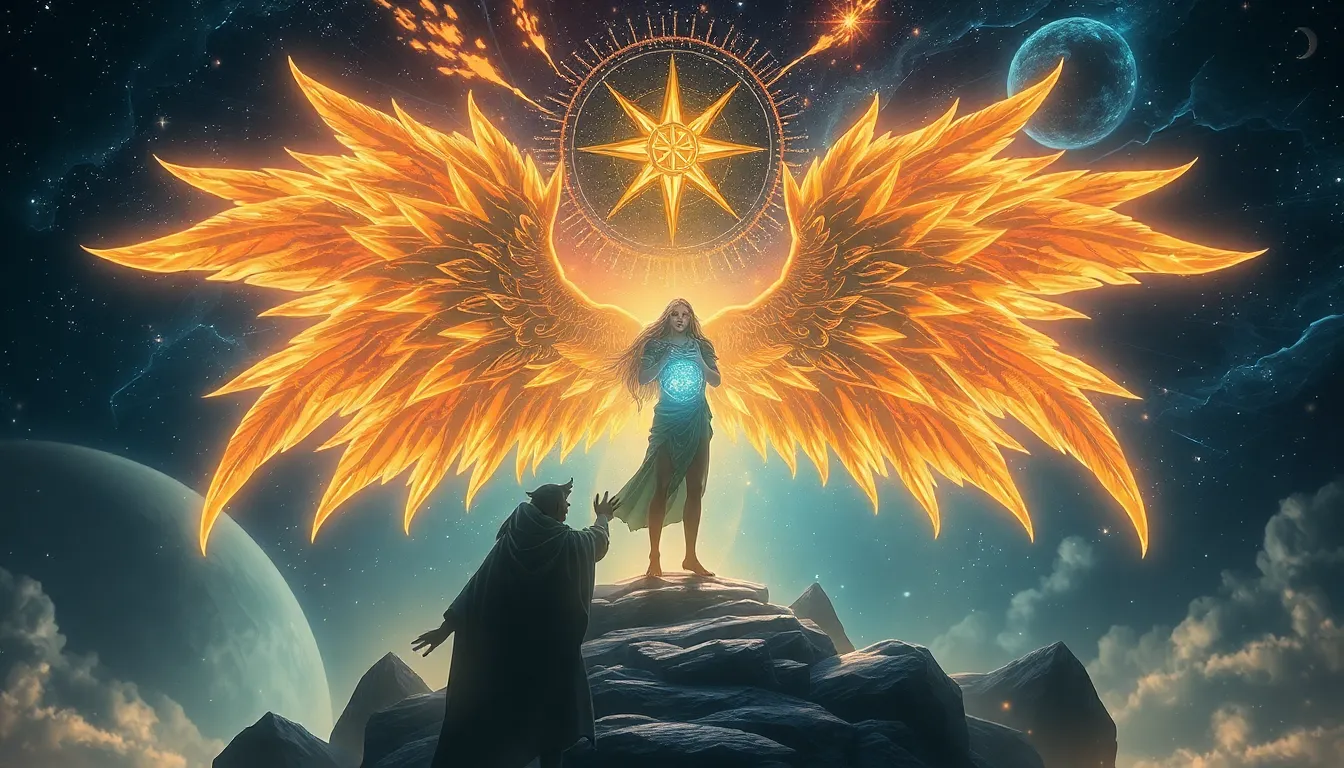From Tricksters to Teachers: The Evolution of the Tengu in Japanese Folklore
I. Introduction
The Tengu, a prominent figure in Japanese folklore, has captivated the imagination of many for centuries. Often depicted as supernatural beings with both human and bird-like features, Tengu have traveled a long path from their origins as mischievous tricksters to revered teachers of martial arts and spirituality. Their dual nature embodies the complexities of chaos and wisdom, reflecting the cultural narratives and values of Japan.
The importance of Tengu in Japanese folklore lies in their representation of the interplay between good and evil, the natural and supernatural worlds. As both protectors and pranksters, they serve as a mirror for human behavior and societal norms. This article explores the historical origins of Tengu, their evolution in folklore, their representation in literature and art, regional variations, and their contemporary relevance.
Through this exploration, we aim to understand how Tengu have adapted over time, becoming symbols of resilience and adaptability within Japanese culture.
II. Historical Origins of Tengu
The origins of Tengu can be traced back to various historical texts and cultural influences. Early mentions of Tengu appear in works such as the Konjaku Monogatari and Ugetsu Monogatari, where they are often depicted as strange, supernatural beings.
Chinese mythology significantly influenced the character of Tengu. The concept of flying beings, like the Chinese Shen, contributed to the development of Tengu’s image. These beings were often associated with the mountains and were believed to possess magical abilities.
Additionally, Shinto and Buddhist beliefs played crucial roles in shaping Tengu lore. In Shinto, Tengu are sometimes seen as kami (gods or spirits) of the mountains, while in Buddhism, they are viewed as protectors of the faith, albeit with a mischievous streak. This blend of influences has created a rich tapestry of stories and beliefs surrounding the Tengu.
III. The Trickster Archetype
Initially, Tengu were seen as mischief-makers and pranksters who delighted in causing chaos. Their trickster nature can be seen in various tales, where they play tricks on travelers, steal food, and even challenge warriors to duels.
- The Tale of the Tengu and the Monk: In this story, a Tengu tricks a monk into believing he has magical powers, only to reveal the prank later.
- The Great Tengu Battle: This tale features a Tengu who challenges a group of samurai, only to outsmart them at every turn.
The symbolism of chaos and disruption in folklore is significant. Tengu remind us of the unpredictability of life and the importance of humility. Their antics serve as cautionary tales about arrogance and the consequences of underestimating others.
IV. Transition to Wise Teachers
Over time, the role of Tengu in folklore evolved from mere tricksters to wise mentors. This transition reflects societal changes and the growing respect for martial arts and spiritual practices in Japan.
Tengu began to be depicted as knowledgeable beings who could impart wisdom and skills to those who sought them out. This shift is evident in stories where skilled warriors or practitioners of the arts encounter Tengu who teach them valuable lessons.
- Notable Figures: Some well-known Tengu characters like Sōjōbō, the leader of the Tengu, became symbols of wisdom and martial prowess, embodying the teacher aspect of Tengu.
- Tengu as Guides: Many tales depict Tengu guiding lost travelers or helping them achieve their goals, showcasing their protective nature.
V. Tengu in Literature and Art
Tengu have left a significant mark on Japanese literature and art, appearing in classical texts, visual arts, and modern adaptations. In classical literature, Tengu are often portrayed both as fearsome creatures and as wise mentors.
The influence of Tengu on visual arts is particularly notable in ukiyo-e prints, where artists like Utagawa Kuniyoshi depicted Tengu in various forms, showcasing their dual nature. These prints often highlight the fantastical elements of Tengu lore, enticing viewers with their vibrant colors and dynamic compositions.
In modern culture, Tengu have found a new life in manga and anime. They are frequently portrayed as characters with unique abilities, reflecting the ongoing fascination with their lore. This adaptation demonstrates the versatility and relevance of Tengu in contemporary storytelling.
VI. Regional Variations of Tengu Legends
Across Japan, Tengu legends vary significantly, reflecting local beliefs and cultural nuances. Different regions have their own interpretations of Tengu, each with unique stories and characteristics.
- Kanto Region: In this region, Tengu are often depicted as more human-like, embodying the traits of samurai.
- Kinki Region: Here, Tengu are frequently associated with mountains and are considered protectors of the land.
Localized stories often carry cultural significance, illustrating the values and beliefs of the communities. Geography plays a crucial role in shaping Tengu’s character and role, as they are often linked to specific mountains or natural features.
VII. Contemporary Relevance of Tengu
In modern Japanese culture, Tengu continue to be relevant, appearing in various forms of media, including films, video games, and literature. The resurgence of interest in folklore and traditional stories reflects a broader cultural movement towards embracing heritage and identity.
Tengu have become symbols of resilience and adaptability, representing the ability to navigate life’s challenges with wisdom and cunning. Their stories resonate with contemporary audiences, serving as reminders of the importance of balance between chaos and order.
VIII. Conclusion
The evolution of Tengu from tricksters to teachers illustrates the dynamic nature of folklore and its capacity to reflect societal values. Tengu’s journey embodies the complexities of human experience, offering lessons on humility, wisdom, and the acceptance of chaos.
Folklore plays a vital role in shaping cultural identity, providing a narrative framework through which communities can understand themselves and their histories. As we look to the future, the Tengu will undoubtedly continue to inspire and captivate, ensuring their place in the rich tapestry of Japanese storytelling.




